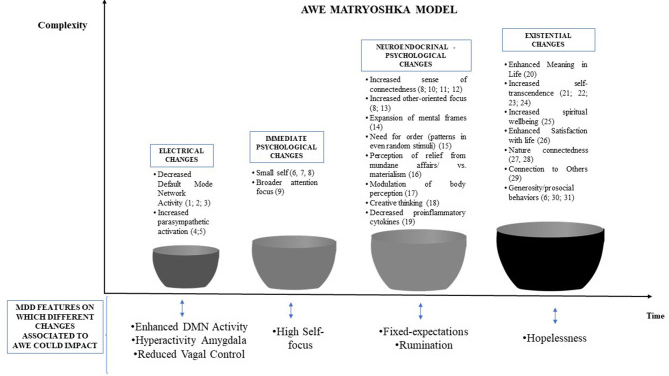[VIDEO] How to Escape the Pursue-Withdraw Trap in Your Relationship
You’re in a relationship where every argument feels like you’re on a treadmill to nowhere. One of you chases for connection, while the other retreats into silence. This is the pursue-withdraw pattern, and it’s not just frustrating; it’s emotionally exhausting.
What is the Pursue-Withdraw Pattern?
The pursue-withdraw pattern is a common dynamic in relationships where one partner (the pursuer) seeks more interaction, validation, or resolution during conflicts, while the other (the withdrawer) feels overwhelmed and tends to retreat or disengage.
John Allan Whitacre, AMFT, describes this vividly: “One person is going to stop at a rock and basically sit there and say, ‘Let’s just stop entirely. Let’s act like it didn’t happen.'” Here, the withdrawer might feel they’re not good enough or fear being criticized, leading to a retreat from interaction.
On the other hand, the pursuer, feeling neglected or anxious, might push for engagement, as Whitacre explains, “Another person may have been waiting all day at work to basically attend to their internal to-do list,” indicating a desire for resolution or closeness.
Pursue-Withdraw Pattern Causes Couples to Fight
The Emotional Toll: When one partner withdraws, seeking solitude or disengagement from the conflict, the other often feels abandoned or unloved, leading to a cycle of blame and retreat that can deepen the rift between you. This pattern becomes a repetitive dance where neither feels truly heard or understood.
Heightened Anxiety: This pattern isn’t just about disagreement; it’s about survival mode in your relationship. “We need to be able to fall back when life gets hard,” says Dr. Connor McClenahan, highlighting how this dynamic can turn a partner into a source of stress rather than support, escalating anxiety for both. The pursuer might feel desperate for reassurance, while the withdrawer feels overwhelmed by the demand for closeness, creating a vicious cycle of increasing tension.
Connection and Identity is at Stake
Loss of Connection: Every cycle of pursue and withdraw chips away at the trust and intimacy you’ve built. “They’re both longing for safety,” Whitacre notes, but instead of finding it in each other, partners can feel increasingly isolated, even when they’re together. This lack of connection can lead to a profound sense of loneliness within the relationship.
Identity and Self-Worth: “I’m not good enough, so I need to retreat,” Whitacre describes the internal narrative of the withdrawer. Meanwhile, the pursuer might feel, “I need you. Where are you?” This dynamic can leave both questioning their value in the relationship and to each other. Over time, this can erode self-esteem and the belief in the relationship’s potential for happiness and fulfillment.
Awareness Breaks the Pursue-Withdraw Pattern
Awareness is Key: “Especially on the front end. A lot of my work with couples is just helping them notice when they are coping,” Whitacre shares. Recognizing these roles you play can be the first step to breaking free from them. It’s about seeing the pattern for what it is—a defense mechanism rather than a personal attack or disinterest.
Communication Over Reaction: Instead of reacting out of hurt or fear, Whitacre pushes for understanding underlying needs. “What are you really trying to say to them?” he asks, encouraging couples to speak to their true feelings rather than their immediate frustrations. This shift can transform heated arguments into moments of vulnerability and connection.
The Healing Power of Therapy: “There actually is an opportunity to choose to either react to your feelings or respond to them,” Whitacre suggests. Couples therapy can provide a safe space to explore these dynamics, learn new communication skills, and rebuild the connection. It’s about slowing down the interaction, allowing each partner to express what’s beneath the surface—fears, desires, and hopes.
A New Beginning as a Couple
The pursue-withdraw pattern doesn’t have to define your relationship. By confronting this cycle head-on, you can transform your partnership from one of survival and stress to one of mutual support and understanding. This podcast episode isn’t just about identifying a problem; it’s about offering a lifeline to couples caught in this loop, giving them the tools to reconnect, re-engage, and rediscover each other in healthier, more loving ways.
Imagine replacing those moments of withdrawal with gentle requests for space or understanding, and those moments of pursuit with compassionate invitations for closeness. By learning to communicate your needs without the baggage of past patterns, you can begin to build a relationship based on mutual respect, empathy, and love. If you’re ready to step off that treadmill, it’s time to start rewriting your relationship story, one conversation at a time.






